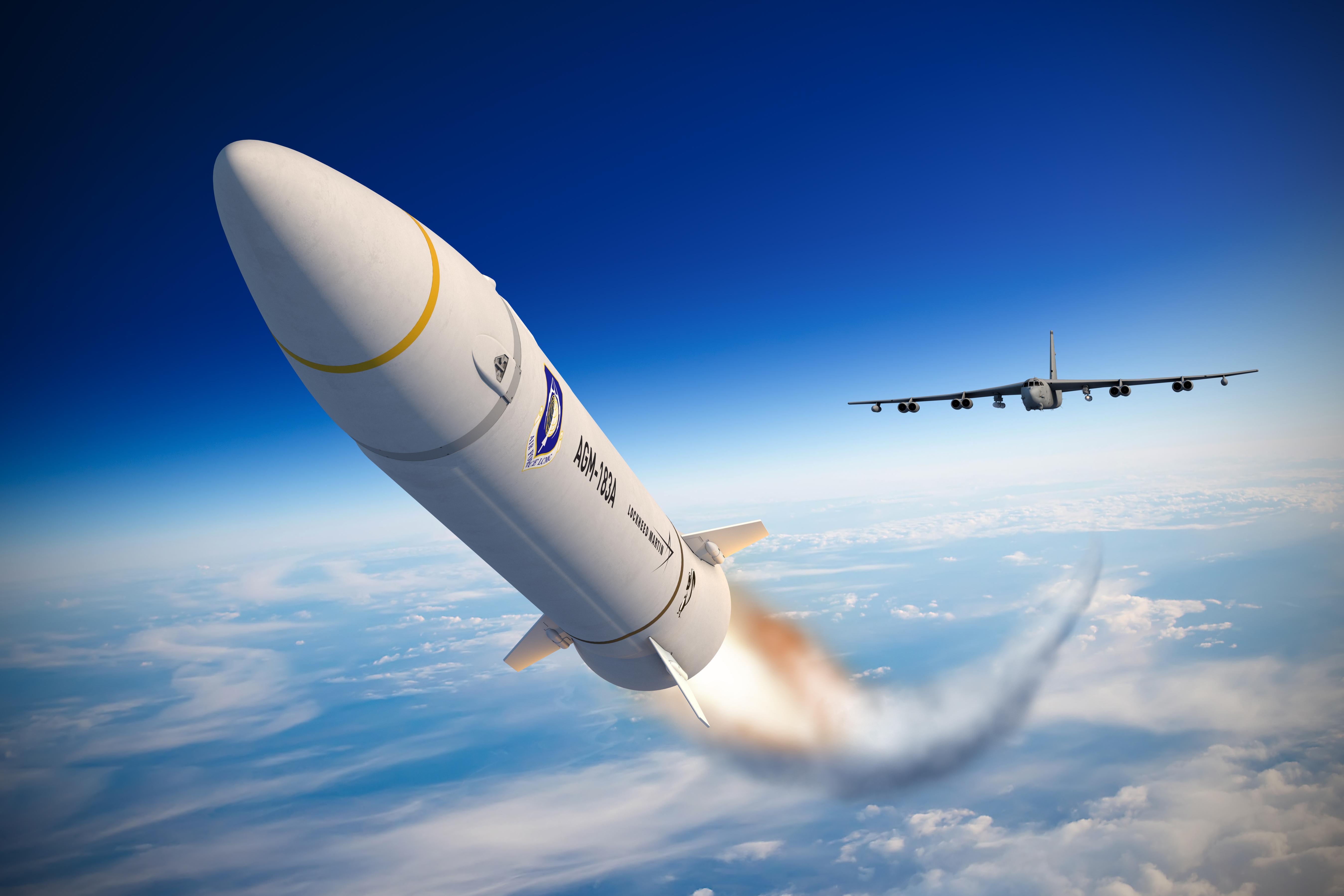
NATIONAL HARBOR, Maryland—U.S. Air Force Secretary Frank Kendall is not satisfied with progress on testing hypersonic weapons and said the service has not clearly determined what a role for the weapons would be.
The Air Force has seen three failed hypersonic flight tests within the past year, with the AGM-183A Air-launched Rapid Response Weapon’s (ARRW) solid rocket motor not igniting during the latest attempt in July. In the previous test in April, the ARRW did not separate from its carrier aircraft. In December 2020, a DARPA/Air Force Hypersonic Air-breathing Weapon Concept also did not separate.
“The short answer is I’m not satisfied,” Kendall said Sept. 20 at the Air Force Association’s Air, Space and Cyber Conference.
Air Force Materiel Command boss Gen. Arnold Bunch told reporters Sept. 21 that the service has “not progressed exactly at the pace that we thought we were going to.” There was assumed risk when the programs started, but there has been a lack of progress.
“There are certain aspects, attributes that have not performed the way we need to and we’ve done fault reviews and we’ve done root cause analysis, and I’m very happy with the progress that the team is making to get after that,” Bunch said. “We continue to make investments in that area. And we are going to have to continue to put our focus there, and we will continue to take what I call educated risk as we move forward so that we can get a capability out to the field as quickly as possible.”
Meanwhile, Kendall said he also is “not satisfied with the degree to which we have figured out what we need for hypersonics, of what type, for what missions.” While it is clear to him what China and Russia want to do with their systems, the U.S. military still needs to determine what target sets it wants to address, and why hypersonics are the most cost-effective way to do that.
“I think it’s still somewhat of a question mark,” Kendall said. “But I haven’t seen all the analysis that has been done to justify the current work.”
If this is determined and resources flow, the industrial base would then respond to produce effective systems, he said.
“There’s some test assets we’d like to have that could still be funded,” Kendall said. “So, there are things we could do to accelerate that. But again, we’ve got to solve the problem first of where are we are trying to go, and then we get there as quickly as possible.”
